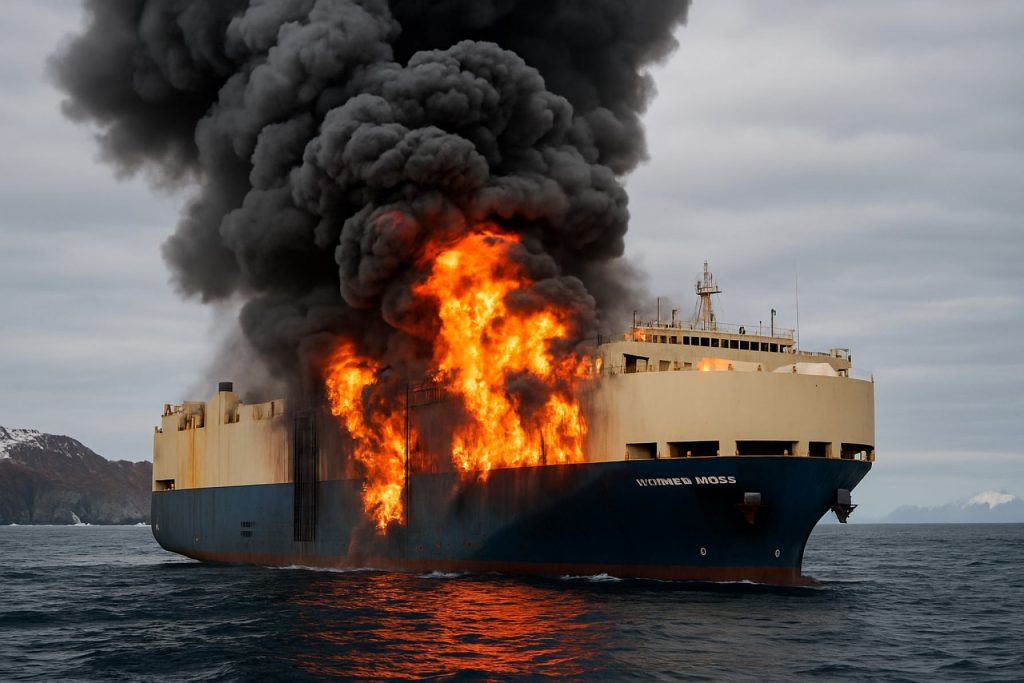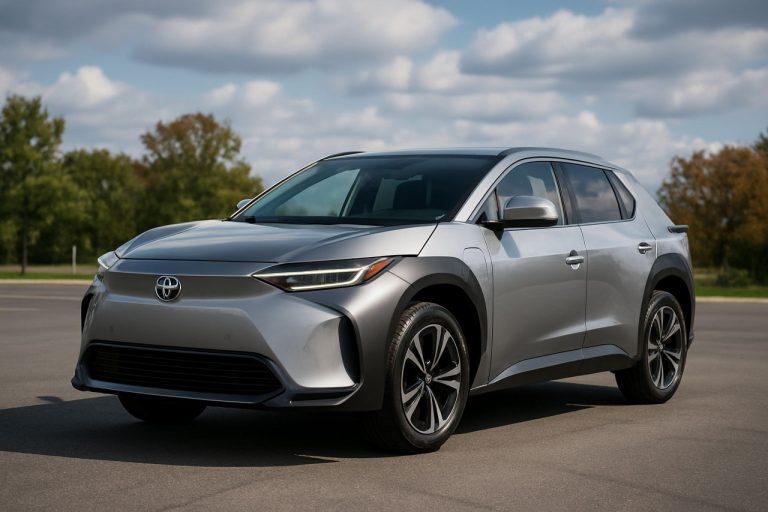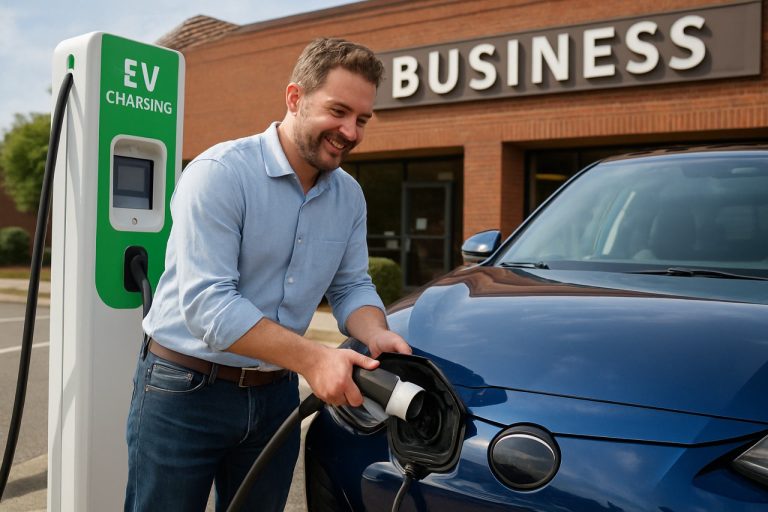
Mystery Blaze on Auto Ship Sparks Global Angst Over EV Fires and Ocean Safety near Alaska
The Morning Midas auto carrier remains ablaze off Alaska with 3,000+ cars onboard, spotlighting safety fears for ocean EV transport in 2025.
- 3,048 vehicles aboard, including 70 EVs and 681 hybrids
- 22 crew rescued, no injuries
- 350 tons gas fuel, 1,530 tons low-sulfur oil at risk
- Salvage expected by June 9, 2025
A towering, unrelenting blaze still chokes the sky off Alaska’s Aleutian Islands, days after the auto carrier Morning Midas burst into flames. The vessel, jam-packed with over 3,000 vehicles, has become an unintended symbol of the rising risks and scrutiny surrounding the global shipping of electric and hybrid cars.
Built in 2006 and operated by Zodiac Maritime, the Liberia-flagged Morning Midas was ferrying its load from Yantai, China, to Lazaro Cardenas, Mexico. Onboard: a cargo mix fueling fears—a handful of high-voltage electric vehicles, over 600 hybrids, and more than 2,200 conventional cars.
The fire ignited mysteriously on a deck storing electric vehicles. Despite rapid emergency action, the crew—22 mariners from across the globe—were forced to abandon ship, escaping in lifeboats as the Cosco Hellas container ship came to their rescue. Miraculously, all survived unscathed, dodging catastrophe.
Q&A: What Happened to the Morning Midas, and Why Is It a Big Deal?
Q: When did the fire start, and was the cause determined?
The fire broke out earlier this week, with smoke first spotted near stored EVs. The exact cause remains unknown, fueling speculation about electric vehicle battery safety—especially after similar incidents like the Felicity Ace disaster in 2022 and the Fremantle Highway crisis in 2023.
Q: Was the crew in danger?
Yes, but quick-thinking and successful rescue efforts led by maritime authorities and the passing Cosco Hellas ensured every crew member was evacuated safely. The US Coast Guard rapidly deployed assets, including the Cutter Munro and a C-130J Super Hercules plane, to coordinate support.
Q: Is there an environmental threat?
Absolutely—onboard fuel still poses a grave risk. With 350 metric tons of gas and 1,530 metric tons of low-sulfur oil, even the smallest spill could devastate the fragile north Pacific ecosystem. For now, no leaks have been confirmed. The EPA and US Coast Guard continue monitoring the drifting vessel via satellite.
How Will Salvage Teams Handle the Burning Ship?
Zodiac Maritime has turned to Resolve Marine—global salvage specialists—expected to reach the fire-stricken Morning Midas by June 9. Using advanced tugs and emergency response gear, their focus will be halting the fire, securing the hazardous cargo, and minimizing environmental fallout.
Despite dramatic headlines, there’s still no definitive proof an EV caused the fire. Yet, the episode amplifies debate on lithium-ion battery safety at sea, echoed by frequent discussions on Reuters and The Guardian. Pressure mounts on shippers to adopt tougher safety tech and fire suppression systems in 2025 and beyond.
What’s Next For Ocean Carriers and EV Transportation?
This isn’t the first, nor likely the last, alarming incident involving electric cars at sea. With the global EV market booming and more ships ferrying battery-powered vehicles across vast distances, maritime authorities may soon enforce stricter regulations.
Ultimately, the best news remains the crew’s safe rescue. Yet the still-burning hulk off Alaska serves as a powerful reminder: the race for greener transport must never lose sight of safety—at sea or on land.
Stay tuned for the latest on the Morning Midas and global EV shipping safety—follow major updates from the U.S. Coast Guard and leading maritime news sources.
- ✔ Monitor updates from official agencies and major news outlets
- ✔ Watch for new safety measures for EV/Hybrid transport at sea
- ✔ Learn more about marine fires and battery safety from trusted sites
- ✔ Support efforts to protect ocean ecosystems



